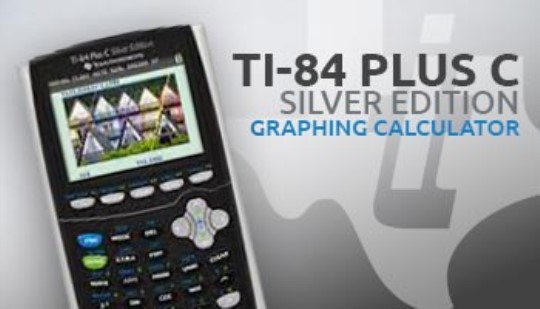Cubic function#Cardano.27s method
The gimbal- formulas are formulas for solving cubic equations reduced (Equations 3rd degree ). They were, together with solution formulas for quartic equations ( equations of degree 4 ), first published in 1545 by the mathematician Gerolamo Cardano in his book Ars magna. Discovered the solution formula for the reduced cubic equations by Nicolo Tartaglia; According to Cardano even earlier by Scipione del Ferro. From Cardano even the method to reduce the general cubic equation comes to this special case.
The gimbal formulas were an important motivation for the introduction of complex numbers, as you can get from a negative number to real solutions in the case of casus irreducibilis (Latin for " not recyclable case " ) by taking a square root. To solve this case, only managed Franciscus Vieta in 1600 by trigonometry.
The gimbal formulas today have a purely numerical solution of cubic equations hardly any practical significance, since the solutions can be determined by Newton's method using electronic computer more convenient. They are, however, for an exact calculation of the solutions in radicals of considerable importance. The proof that there can be no corresponding formulas for equations of the fifth and higher level, however, the development of algebra has a decisive influence (see Galois theory ).
Reduction of the general equation of the third degree
The general equation of the third degree
Real numbers, and can be obtained by division by the first normal form
Be brought. By means of the substitution of the quadratic term is eliminated in the normal form and the reduced form is obtained:
In which
The reduced form is now resolved using the Cardano formula, and then determined by back-substitution, the solutions of the original equation.
The Cardanische formula for resolution of the reduced form z ³ pz q = 0
In contrast to the quadratic equation, it is necessary for the cubic equation to consider complex numbers; especially when all three solutions are real.
The three solutions are obtained by the substitution: Then and comparing coefficients yields: and.
Thus, there is the system of equations and. By the theorem of Vieta and are solutions of the quadratic resolvent. So we obtain and, where
The discriminant of the reduced form. The two complex roots and 3 must be chosen such that the constraint is satisfied ( it means there are only 3 instead of 9 pairs).
The other two cube roots are then obtained by multiplying each with the two primitive third roots of unity
Because of the constraint, the three solutions of the reduced form to give
The solution behavior depends crucially on the sign of the discriminant:
- : There is exactly one real solution and two complex real solutions (Graphic: Case B ).
- : There is either a double real root and a simple real solution ( case C) or a triple real solution (case A).
- There are three distinct real solutions ( case D).
In case there are two possibilities for the development of the associated graph: either (case B) or strictly increasing (not shown in picture).
D> 0
One chooses for each and the real roots. There is exactly one real and two complex conjugate solutions, by according to the above formulas
Are given.
However, the extraction of the cube roots is not always so easy. Cardano gives as an example: . Here we select and real. Thus arises and. On the techniques for extracting nested roots is referred to the literature.
D = 0
In this case one chooses real. According to the above formulas, there is then a simple real solution
And a double real solution
If so the only ( three times ) is solution.
D < 0 ( casus irreducibilis )
One chooses and each complex conjugate to each other, so then obtained by three different real solutions.
In the determination of but third roots of real complex numbers ( eg with the help of the theorem of de Moivre ) must be calculated. Therefore, this case is called casus irreducibilis. Using the trigonometric functions, however, the solutions can also be calculated real: After the addition theorems, valid for all α, the relationship
If we write
Using the approach to, arises
Substituting herein, then arises
It was chosen so that the expression in brackets vanishes in (2). The result is
Integers.
Insertion in supplies and with the following three solutions:
Complex coefficients
The procedure is largely analogous complex coefficient, there are only two cases:
- : The formulas given above for the case are analogous; the two cube roots are to be chosen such that their product yields.
- : The formulas given above for the case remain unchanged.








